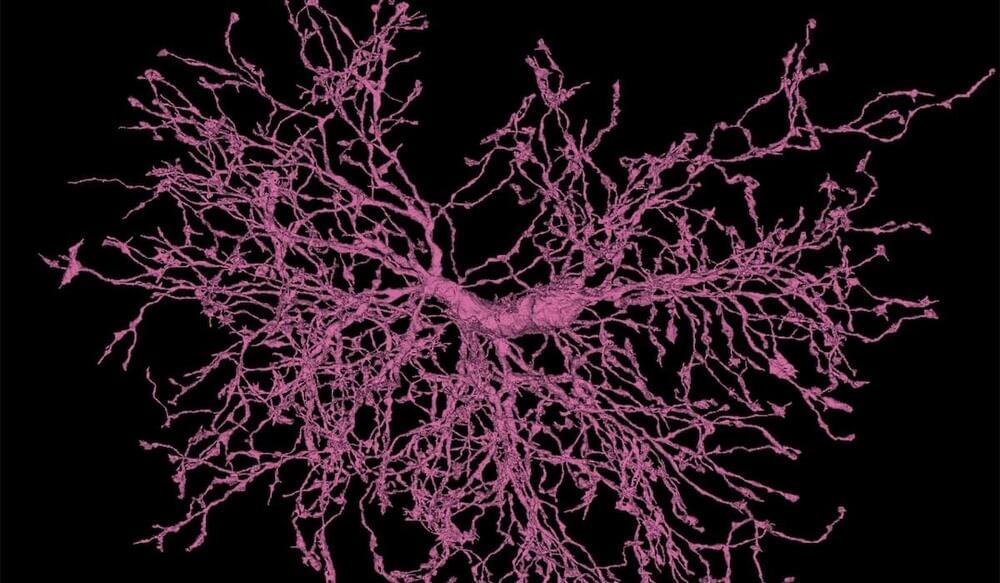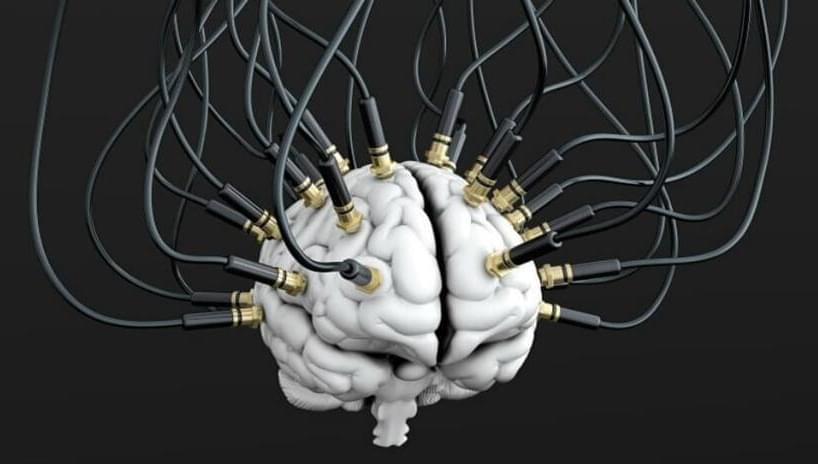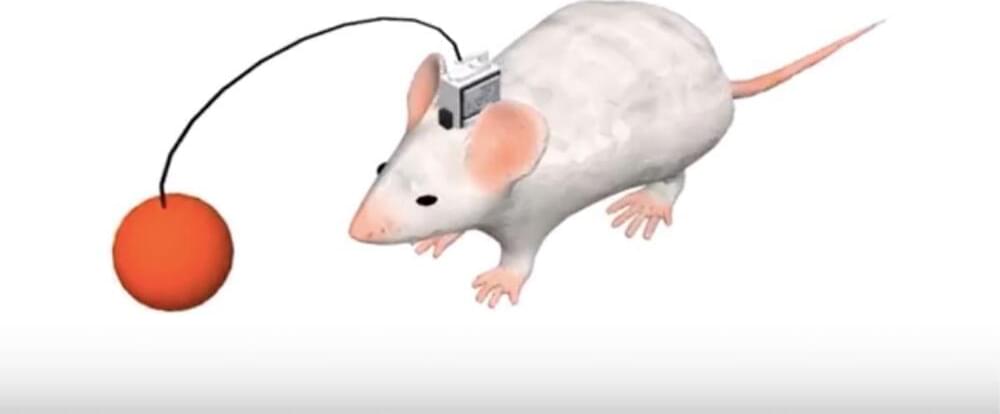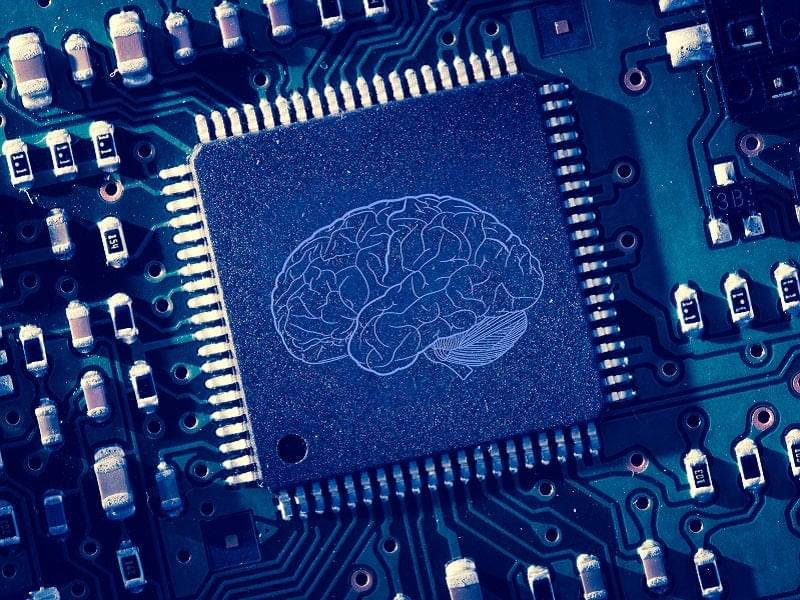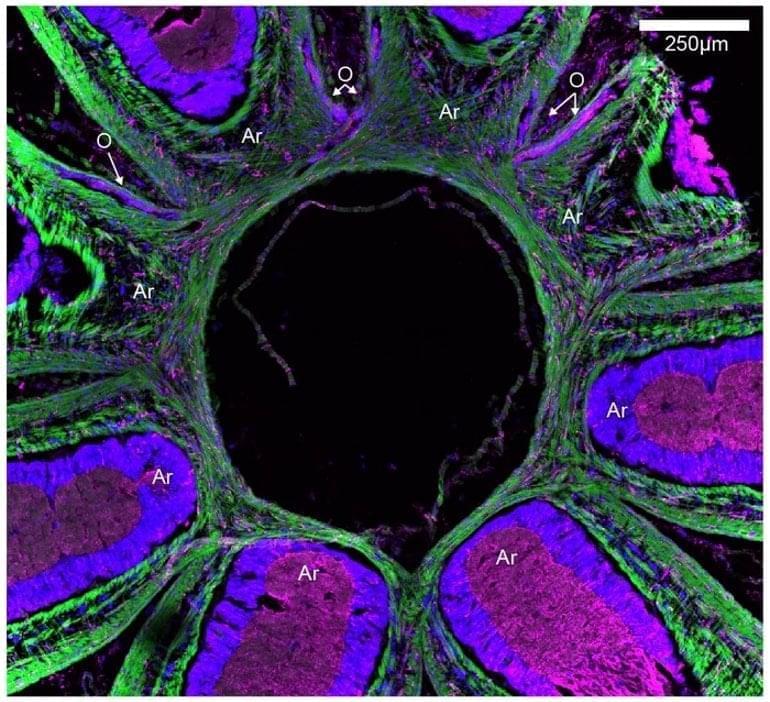Archive for the ‘neuroscience’ category: Page 393
Nov 29, 2022
Michael Levin | Cell Intelligence in Physiological & Morphological Spaces
Posted by Dan Breeden in categories: biotech/medical, genetics, life extension, neuroscience
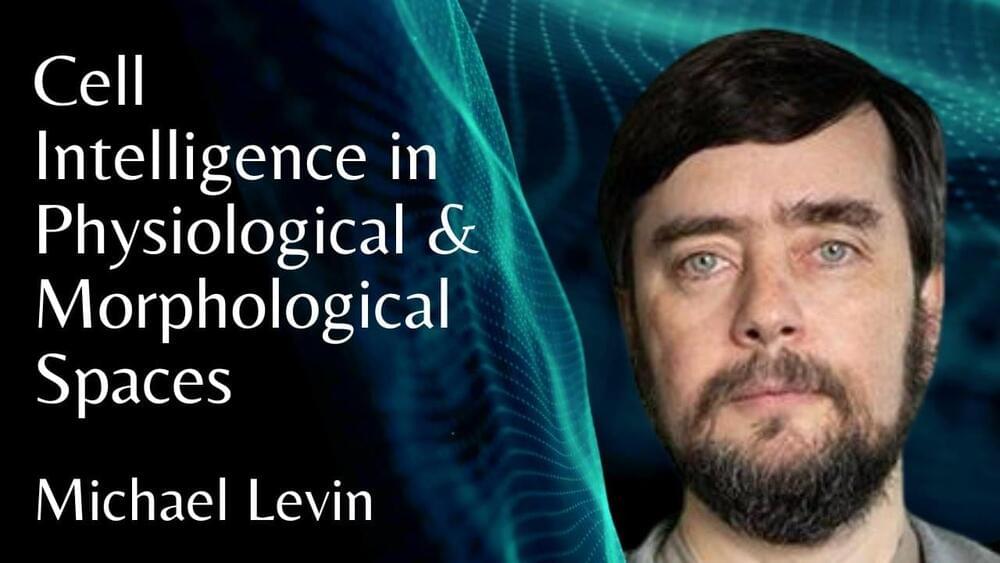
Talk kindly contributed by Michael Levin in SEMF’s 2022 Spacious Spatiality.
https://semf.org.es/spatiality.
Continue reading “Michael Levin | Cell Intelligence in Physiological & Morphological Spaces” »

This educational video about cellular automata was filmed, narrated, and edited by Rudy Rucker in 1990, using some “CA Lab” software he worled on at Autodesk. Renamed “Cellab,” the software and manual are available for free on Rucker’s website.
Nov 29, 2022
Bridging the Bio-Electronic Divide: How We’re Translating Brain Activity Into Binary
Posted by Quinn Sena in categories: computing, neuroscience
Year 2016 face_with_colon_three
In the future, can humans control computer-operated machines by simply “thinking”?
Nov 29, 2022
Watch a Human Mind-Control a Cyborg Mouse
Posted by Quinn Sena in categories: cyborgs, food, genetics, neuroscience, sex
Year 2018 face_with_colon_three
A group of researchers used optogenetics and brain implants to make mice ignore sex and food.
Nov 29, 2022
Researchers Steer Cyborg Mice Through Maze with Brain Stimulation
Posted by Quinn Sena in categories: cyborgs, food, neuroscience, sex
Nov 29, 2022
Mind and matter: the application of brain computer interfaces
Posted by Saúl Morales Rodriguéz in categories: computing, neuroscience
Augmenting a person’s cognitive ability with BCIs is becoming more science fact that science fiction, with defence personnel likely to benefit.
Nov 29, 2022
The Brain Uses Calculus to Control Fast Movements
Posted by Kelvin Dafiaghor in category: neuroscience
Researchers discover that to sharpen its control over precise maneuvers, the brain uses comparisons between control signals — not the signals themselves.
Nov 28, 2022
The neural architecture of language: Integrative modeling converges on predictive processing
Posted by Dan Breeden in categories: biotech/medical, computing, neuroscience
The neuroscience of perception has recently been revolutionized with an integrative modeling approach in which computation, brain function, and behavior are linked across many datasets and many computational models. By revealing trends across models, this approach yields novel insights into cognitive and neural mechanisms in the target domain. We here present a systematic study taking this approach to higher-level cognition: human language processing, our species’ signature cognitive skill. We find that the most powerful “transformer” models predict nearly 100% of explainable variance in neural responses to sentences and generalize across different datasets and imaging modalities (functional MRI and electrocorticography). Models’ neural fits (“brain score”) and fits to behavioral responses are both strongly correlated with model accuracy on the next-word prediction task (but not other language tasks). Model architecture appears to substantially contribute to neural fit. These results provide computationally explicit evidence that predictive processing fundamentally shapes the language comprehension mechanisms in the human brain.
Nov 28, 2022
Unique Features of Octopus Create an Entirely New Way of Designing a Nervous System
Posted by Jose Ruben Rodriguez Fuentes in category: neuroscience
Summary: Researchers discovered a structure within the octopus nervous system by which the intramuscular nerve cords, which help the cephalopod to sense its arm movements, connect arms on the opposite side of the animal.
Source: University of Chicago.
Octopuses are not much like humans — they are invertebrates with eight arms, and more closely related to clams and snails. Still, they have evolved complex nervous systems with as many neurons as in the brains of dogs, and are capable of a wide array of complicated behaviors.
